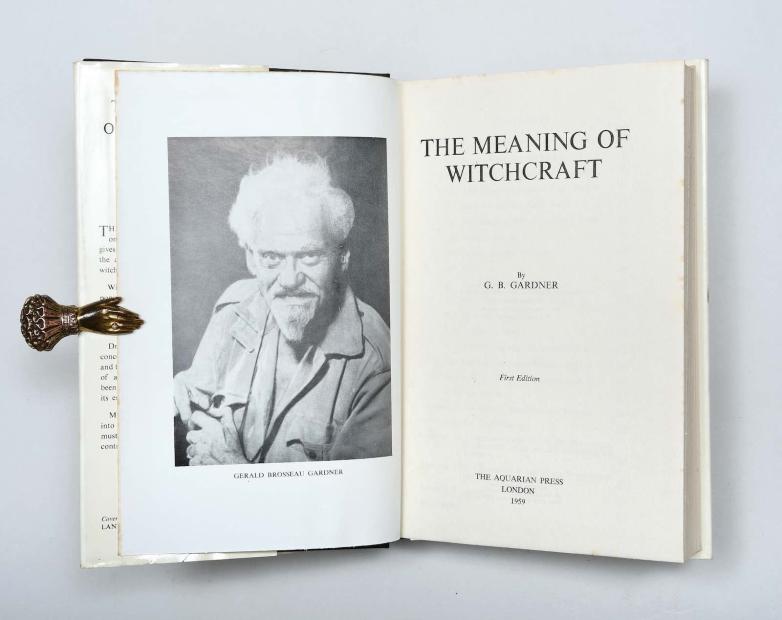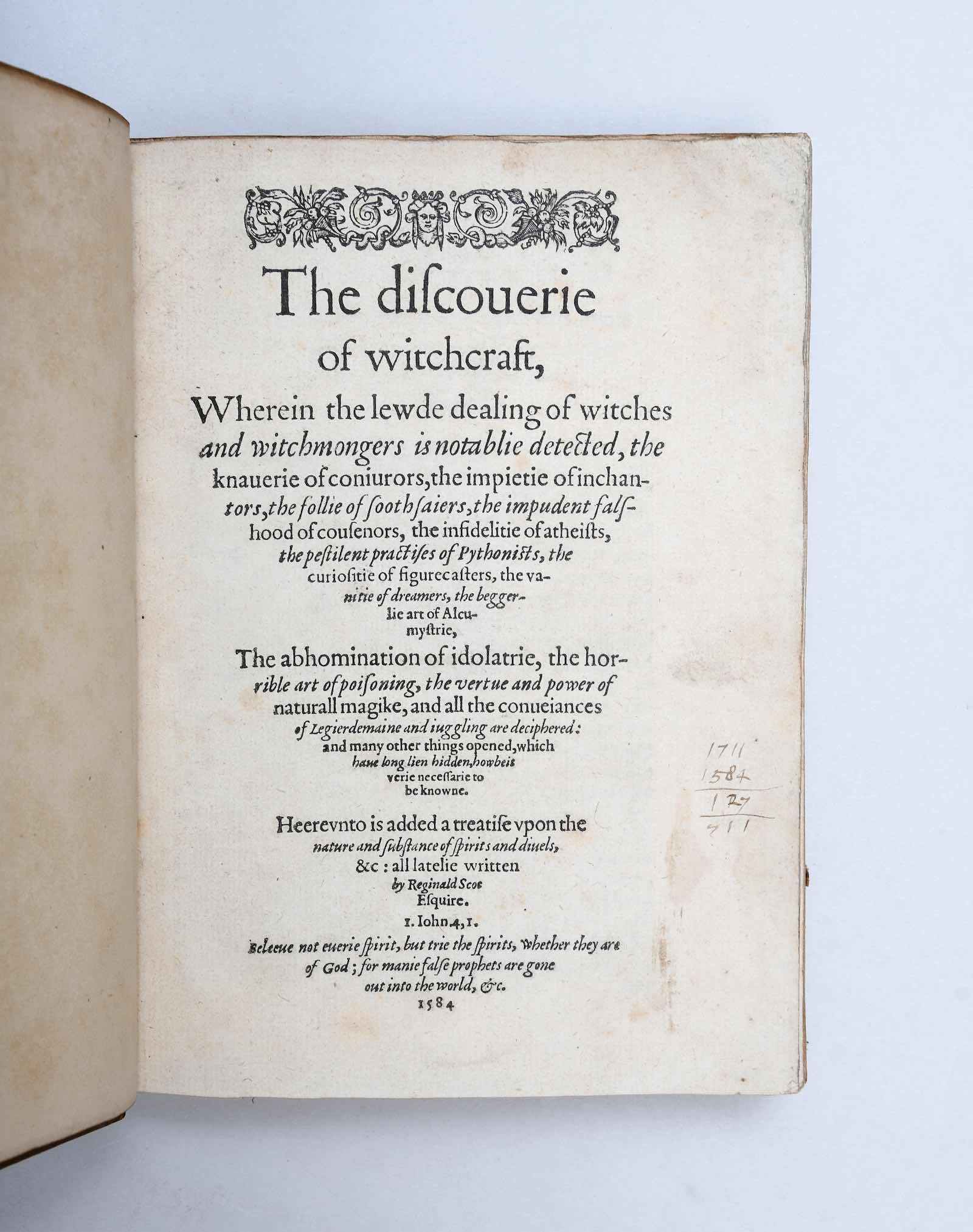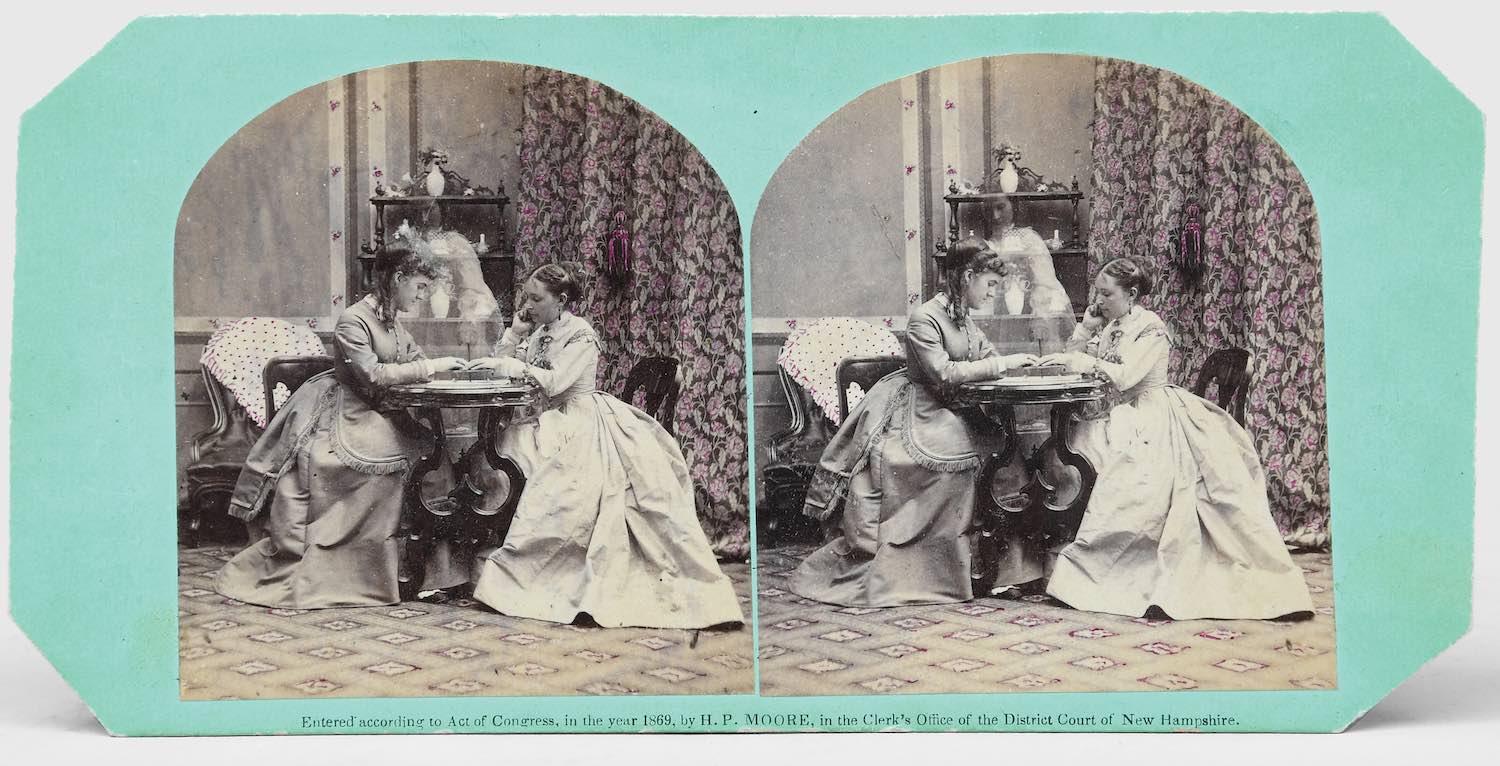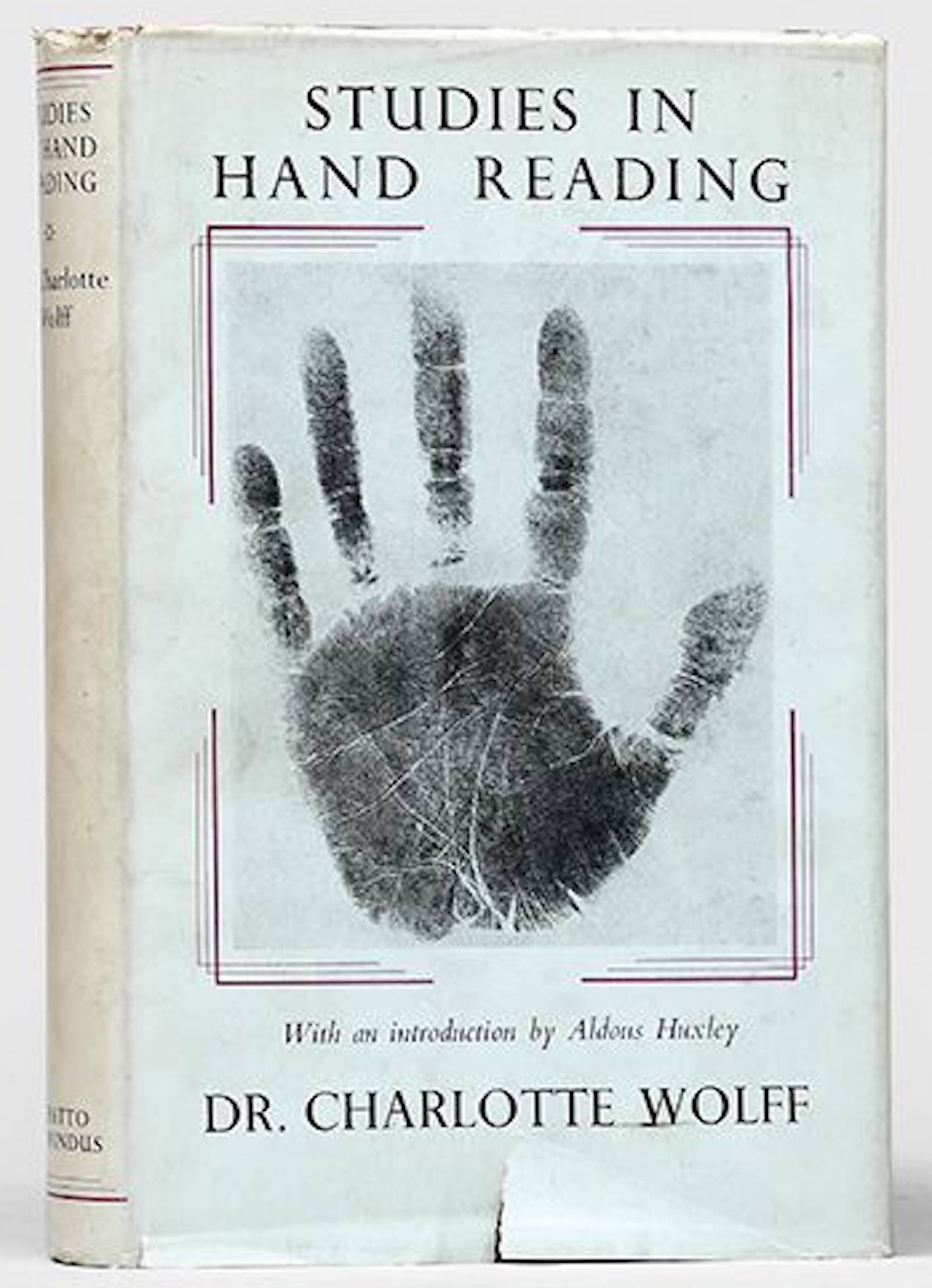* Two stereographs, one depicting the successful use of a Ouija board. Concord, New Hampshire: H. P. Moore, 1869
A charming example of spirit photography, showing two young women using a planchette and Ouija board, with a third ghostly figure stood between them. It is accompanied by a second stereograph capturing a card game. Both provide an insight into the parlour room of well-to-do America in the 1860s and the activities that occurred there. The photographer, Henry P. Moore (1835–1911), completed a series of spirit photography in 1869, of which we have traced “Planchette”, included here, and two others: “A seated young woman with a ghostly figure” and “The Guardian Spirit”. His images are typical of spirit photographs produced in the late 1860s and early 1870s: as the relatively new medium of photography became cheaper spirit photography grew in popularity, its appeal clear in the aftermath of the Civil War and concurrent growth of the Spiritualist movement.
* Ithell Colquhoun. Archive of magical writings and original illustrations. c.1958–79
An exceptional archive, the largest known in private hands, of the “magical” writings of one of Britain’s most important surrealist artists, Ithell Colquhoun. It was compiled by Steve Nichols, who edited and published much of the contents in The Magical Writings of Ithell Colquhoun (2007). The archive is broadly divisible into three themes: Colquhoun’s occult writings and material pertaining to her membership of occult groups; her notes and materials pertaining to Ireland; and her incoming correspondence from other occultists.
* Charlotte Wolff, Studies in Hand-Reading. With a Preface by Aldous Huxley. London: Chatto & Windus, 1936
First edition, first impression, uncommon, especially so in the jacket. Huxley provided the preface to this work, and it was he and his wife Maria who persuaded a number of those figures included, such as Virginia Woolf and George Bernard Shaw, to have their hands read.




















